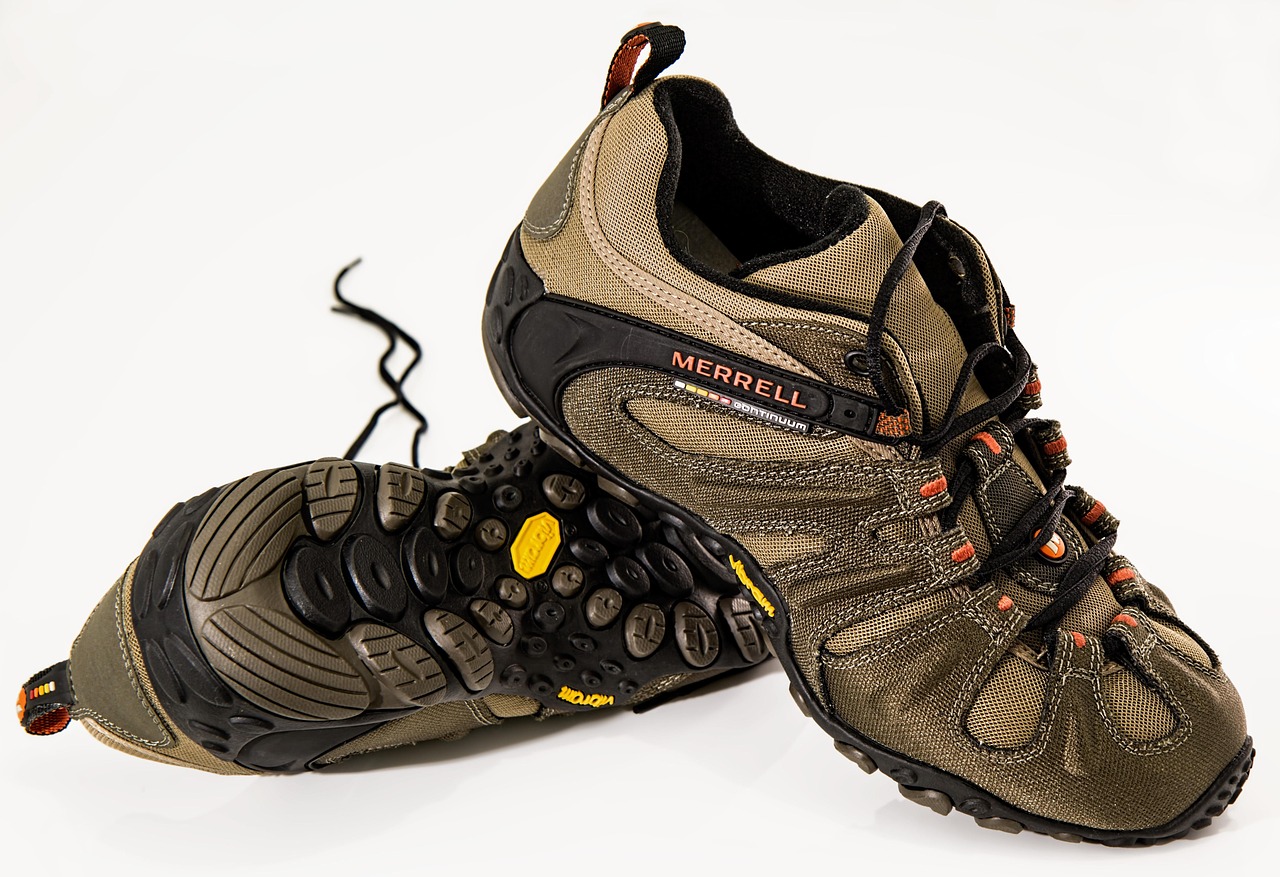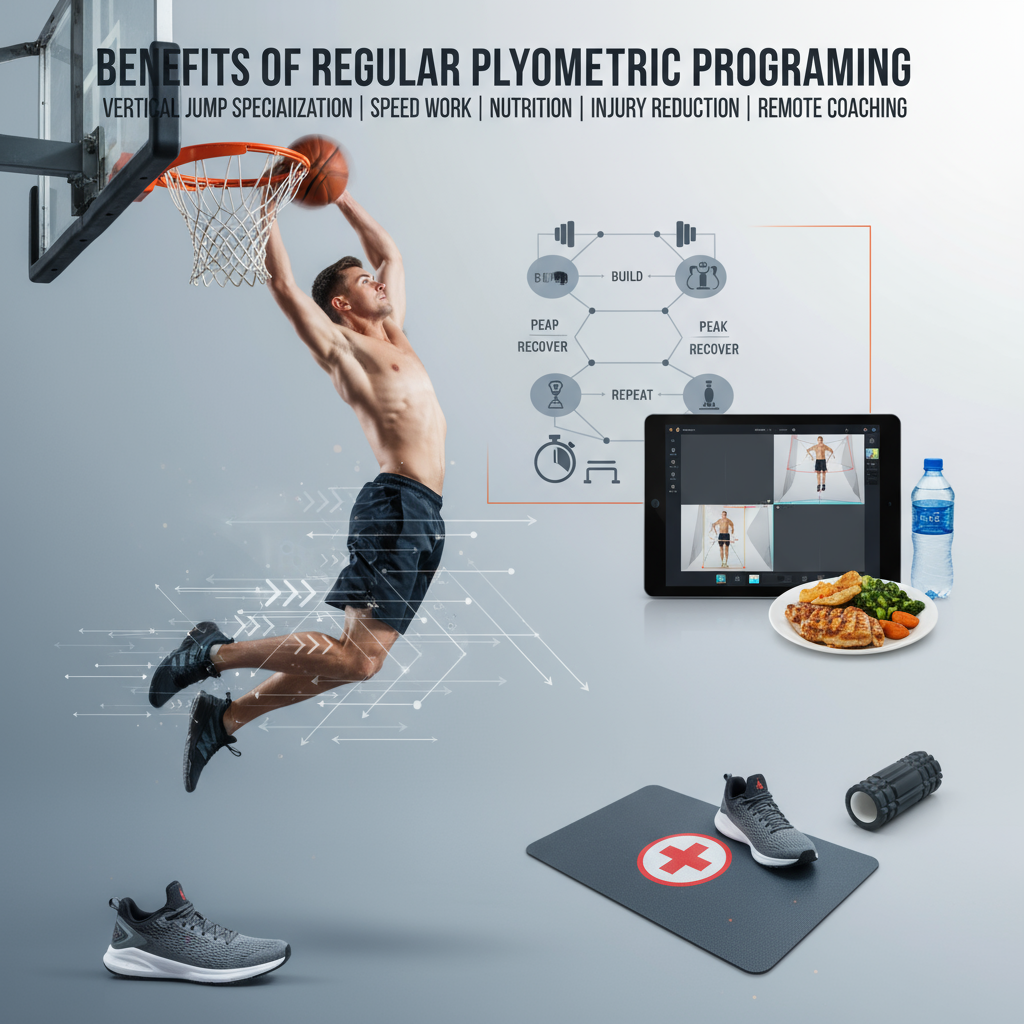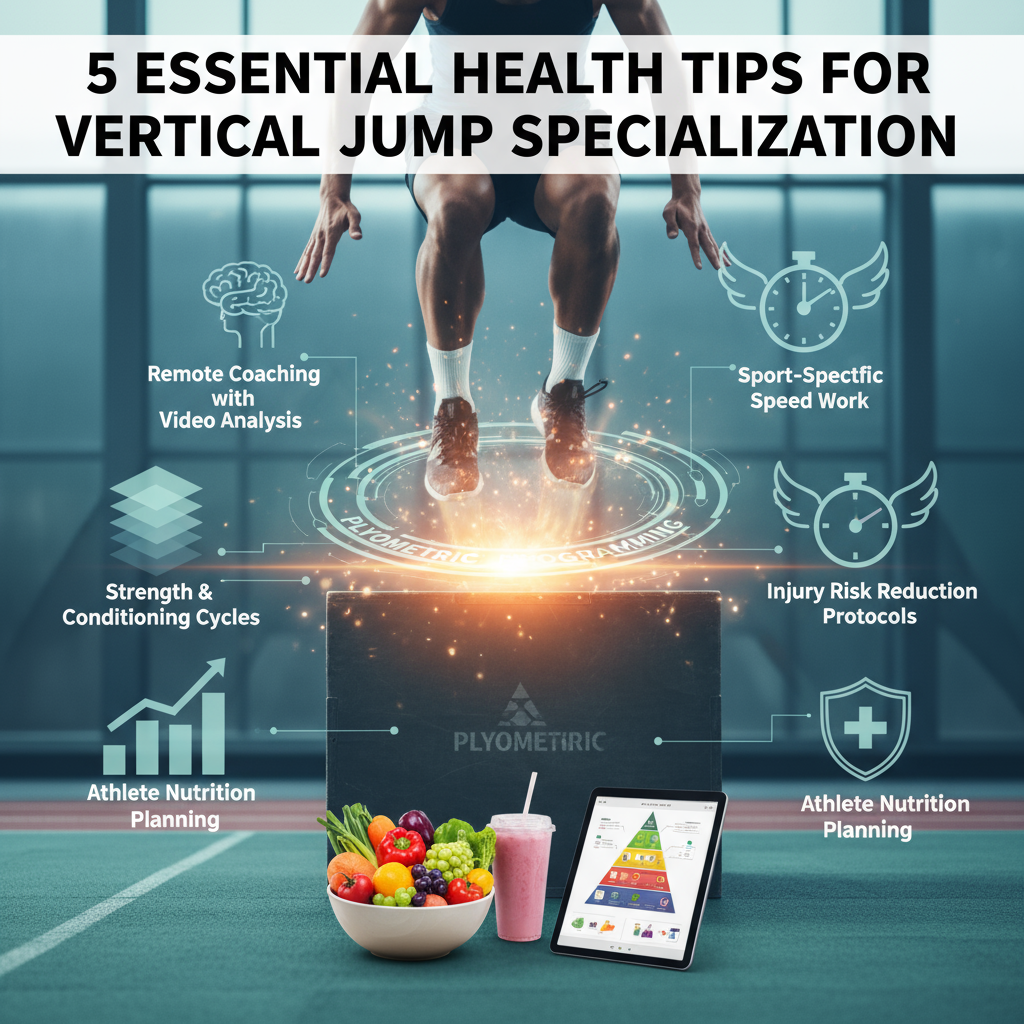For competitive athletes — basketball players, volleyballers, high jumpers — and coaches who see raw power but keep losing inches at game time; you're frustrated by plateaus, choking on big plays, and wondering why strength doesn't convert into consistent airborne performance. You're not broken. Our sports psychology-informed coaching blends mental training, practical drills, and sport-specific visualization to help you close that gap — quietly, reliably, and based on proven protocols used with collegiate and pro athletes.
What is mental training for vertical jump and why does it matter?
Mental training is the set of cognitive and emotional tools athletes use to prepare, perform, and recover — think mindset, focus routines, and anxiety control — tailored for the vertical jump. It's not fluff. It translates strength into timing, timing into confidence, and confidence into extra inches.
From what I've seen, athletes with equal strength can differ by 3–6 inches in game height purely because of mindset and timing. So if you're benching big numbers but only showing modest jump gains, the mental side is where you look next.
Key sports psychology concepts related to jumping
- Motor imagery (visualization): rehearsing the full jump in your head — muscles, timing, sensation.
- Arousal regulation: dialing nervous energy up or down so you explode without losing technique.
- Attentional control: directing focus to cues that help execution (e.g., knee drive, arm swing) and away from distractions.
- Pre-performance routines: consistent rituals that cue the brain and body to perform the same way every time.
How can visualization improve your vertical jump?
Short answer: dramatically, if you do it right and do it often. Visualization isn't daydreaming — it's deliberate mental rehearsal that primes neural pathways used during the actual jump.
Why? Because the brain doesn't fully distinguish between vivid rehearsal and real movement. So practicing the jump in your head strengthens motor patterns without extra wear-and-tear on the body.
90-second visualization script for a 1-step or 2-step approach
Use this right after warm-up, or before a free practice session — 90 seconds, eyes closed.
- Breathe deep for 10 seconds (inhale 4, hold 1, exhale 6) — calm the body and focus.
- See your approach: feel the exact rhythm of steps (count "1-2" clearly), hips tightened, shoulders relaxed.
- Visualize the knee drive and arm swing — feel the explosion up through your toes — hold the peak for a beat.
- Sense the landing: soft, balanced, ready to move. Replay the image 3 times increasing speed slightly.
Do this 4 times a week. I'm not kidding — consistent repetition matters.
How do you manage performance anxiety before a jump?
Performance anxiety robs timing and makes your approach sloppy. There are precise strategies that work fast.
Simple 2-minute arousal control routine
- Box-breath for 60 seconds (inhale 4, hold 4, exhale 4, hold 4).
- Progressive tension-release: tense calves, hold 3 seconds, release; go up the body — 40 seconds.
- Cue word + trigger: whisper a one-word cue (like "Ready") and take one positive visualized rep — 20 seconds.
Do this right before warm-up for competition. It lowers heart rate and sharpens focus — fast.
What mindset shifts help increase vertical jump?
Mindset isn't motivation posters. It's specific belief patterns and attention strategies that help you execute the mechanics under pressure.

Three mindset pivots that add inches
- From outcome to cue: stop thinking "I must get 40 inches" and focus on execution cues (e.g., "Drive knee now"). Narrow focus helps motor output.
- From perfection to process: expect noise and small errors; your job is consistent rhythm. Consistency beats perfection.
- From fear to action: reframe adrenaline as fuel. Say to yourself: "This energy helps me explode." It changes interpretation of symptoms.
I've noticed athletes who adopt cue-focused thinking jump more consistently in the clutch — not just higher once, but repeatedly.
How to build a mental training program for vertical jump (sample 8-week plan)
This pairs with strength and plyometric work. If you're not doing physical training, don't skip it — mental gains augment, not replace, strength.
Weekly structure (sample)
- 3 sessions/week physical (strength + plyo)
- 4 sessions/week visualization (90 seconds each)
- 3 sessions/week arousal control (2 minutes pre-practice or pre-game)
- Daily micro-routine: 30-second cue rehearsal before bed (mental durability)
Progress checkpoints
Measure baseline with a jump mat or Vertec — get a number. Re-test at week 4 and week 8. Expect to see earliest mental improvements in consistency around 2 weeks, arousal control by week 4, and measurable height changes around week 8 when combined with progressive overload training.
What drills combine mental and physical training?
Don't separate the two — integrate them.
Three combo drills
- Imagine-and-jump: do one visualization rep (30–60 seconds) immediately before a physical jump set. It primes motor pathways.
- Pressure simulation: practice free-throws or serve-receive followed immediately by maximal jumps — builds decision-making under fatigue.
- Countdown focus sets: 5 reps with a 10-second silent visualization between reps — forces quick mental reset and preserves form under repetition.
How should coaches cue athletes to maximize mental training?
Keep cues short, specific, and sensory-based. Don't overload. Two cues max: one for approach, one for takeoff.

Examples: "Snap knee" (approach), "Explode up" (takeoff). Use the same two words across practice and games. Consistency builds automaticity.
How long until you'll see results, and how to measure them?
Results timeline depends on baseline and how disciplined you are. If you combine mental training with proper physical work, you can expect:
- 2 weeks: better consistency and less pre-game jitter
- 4 weeks: improved arousal regulation and more reliable timing
- 8–12 weeks: measurable vertical increase (1–3 inches common when paired with strength training)
Measure with a jump mat, Vertec, or validated smartphone apps. Record 5 trials and use the average of the best 3 to track progress (avoids outliers).
Common mistakes and how to avoid them
- Thinking visualization replaces jumping: it complements it. Physical load must still increase.
- Using vague cues: "Jump harder" is worthless. Replace with "Drive knee" or "Snap ankle".
- Skipping measurement: if you don't track, you won't know what works. Track the numbers — obsessively.
- Doing long, unfocused visualizations: quality over quantity — 90 seconds done right beats 10 unfocused minutes.
Final tips — quick checklist before a game or competition
- 60–90 minute pre-event: light activation + brief visualization (2×90-second reps)
- 10 minutes pre-event: 2-minute arousal control (box-breath + tension-release)
- 1 minute pre-event: whisper cue word, one sharp mental rep, then walk to your starting spot
- During the event: stick to your two cues, use micro-visualization between reps if there's downtime
Look — if this feels like a lot to plan on your own, that's normal. Our coaches and sports psychologists can put this into an individualized routine (we'll map your cues, build the visualization script, and track the numbers). We're here to take the guesswork off your plate, so you can just jump.






